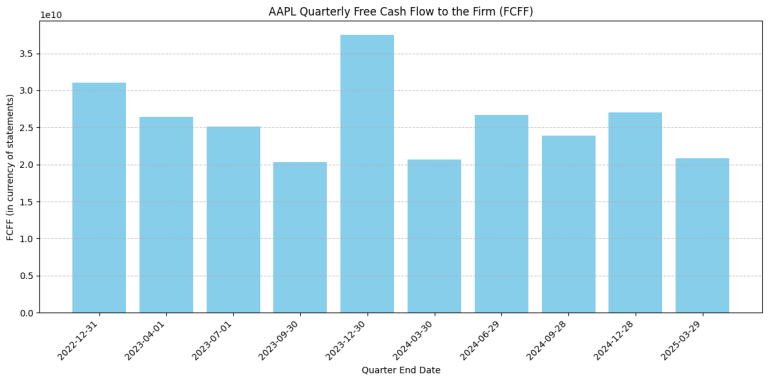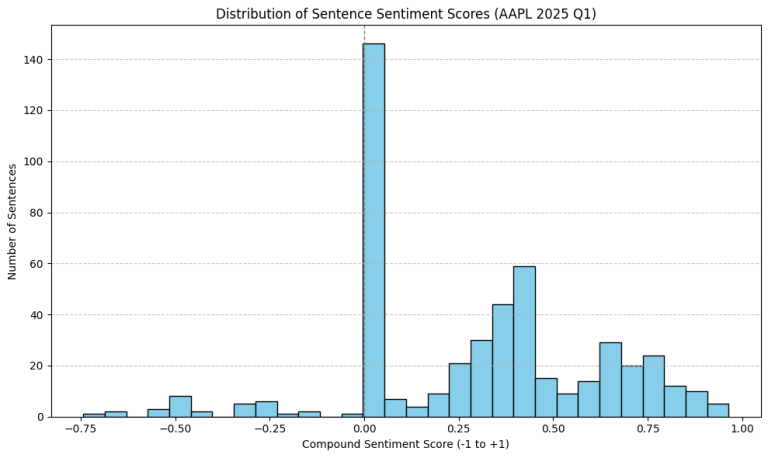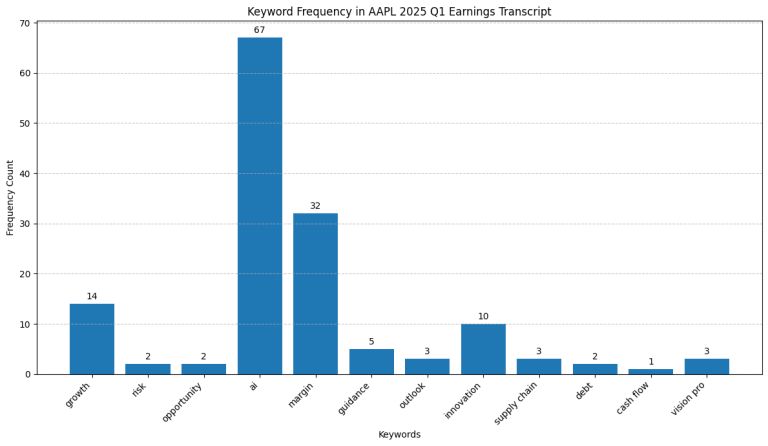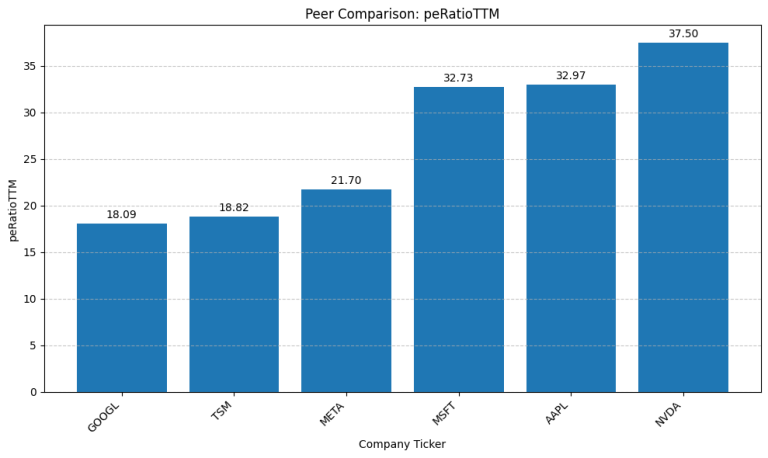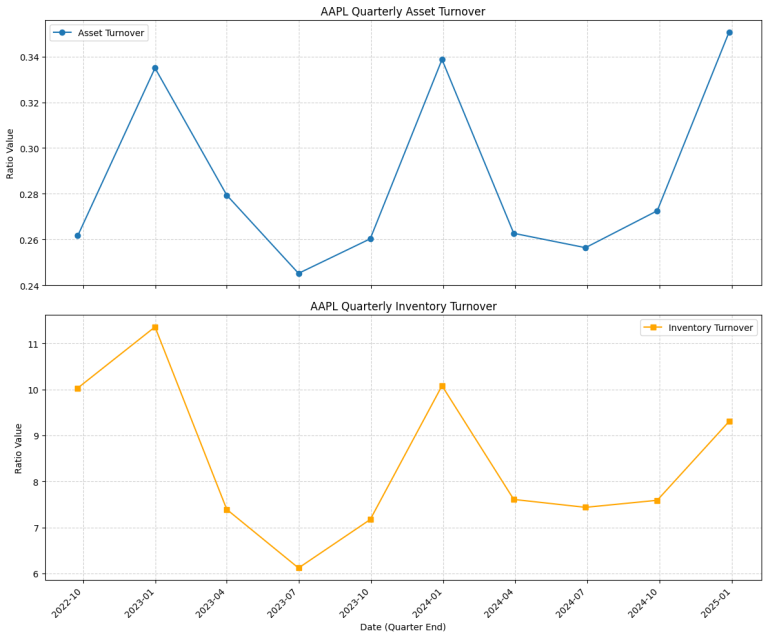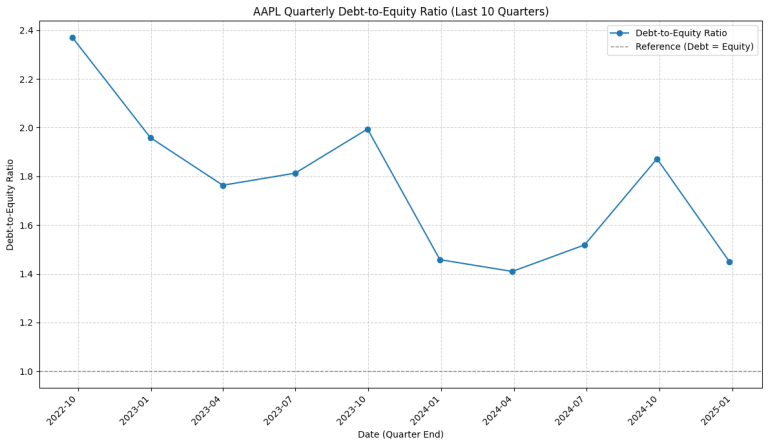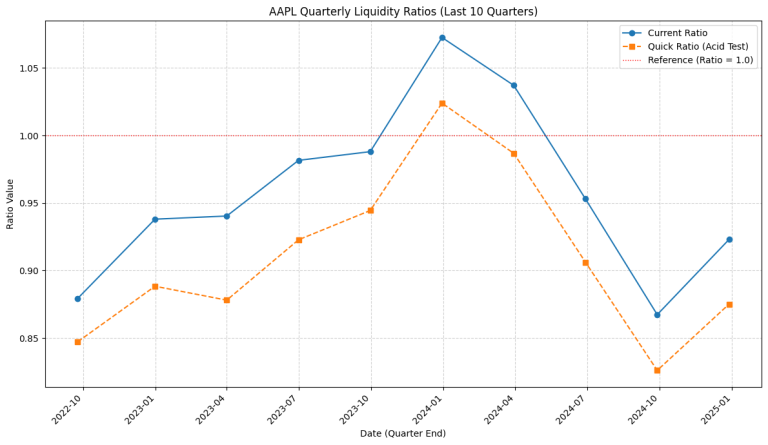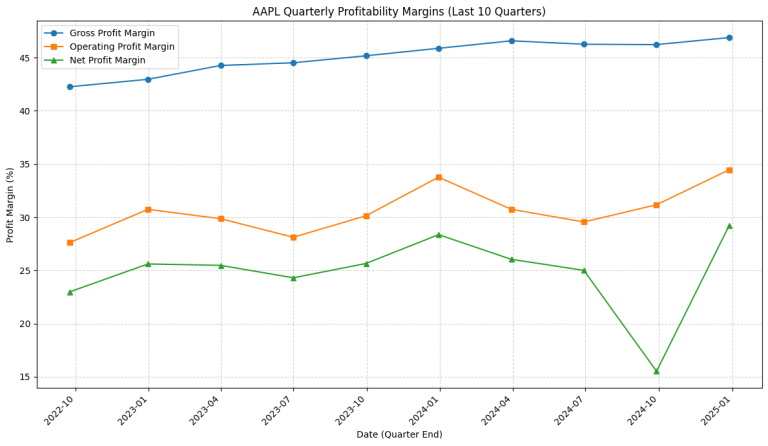10. Python for Fundamental Analysis: Calculating Free Cash Flow with Python
Welcome to the 10th post in our Python for Finance series! We’ve covered significant ground, from ratios to qualitative analysis. Catch up here: Now, we pivot towards valuation, starting with a cornerstone metric for Discounted Cash Flow (DCF) analysis: Free Cash Flow (FCF). FCF represents the cash generated by a company after accounting for all operational needs and…
